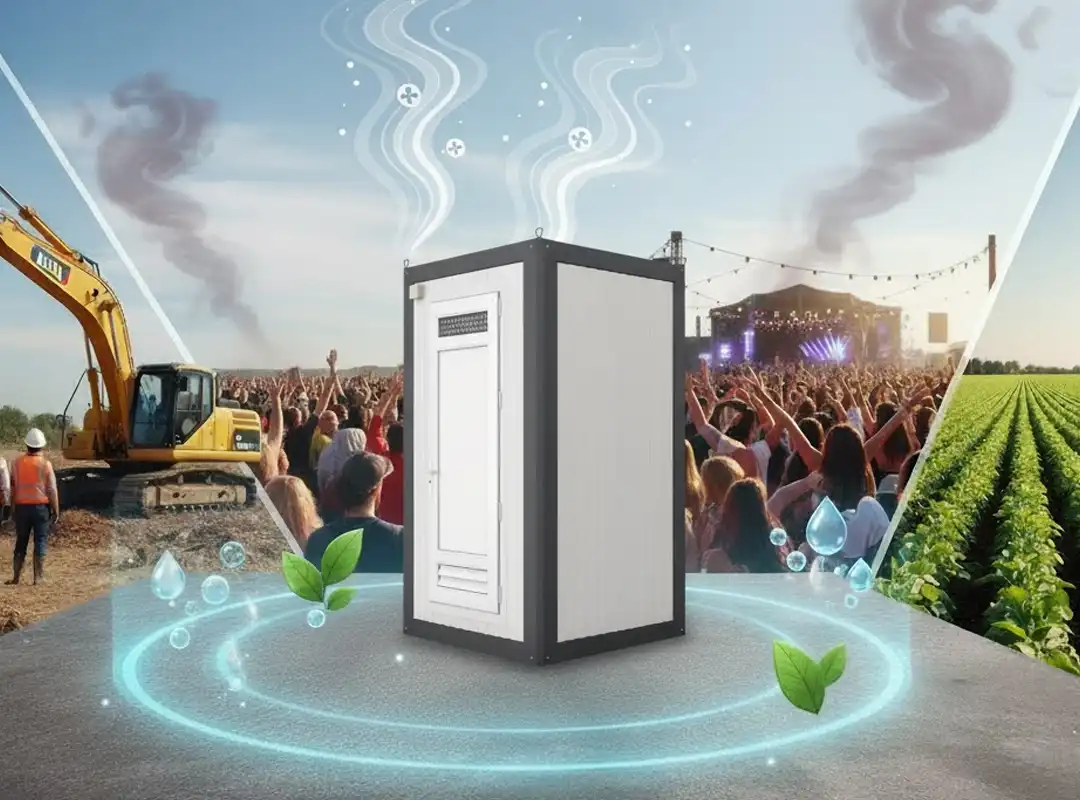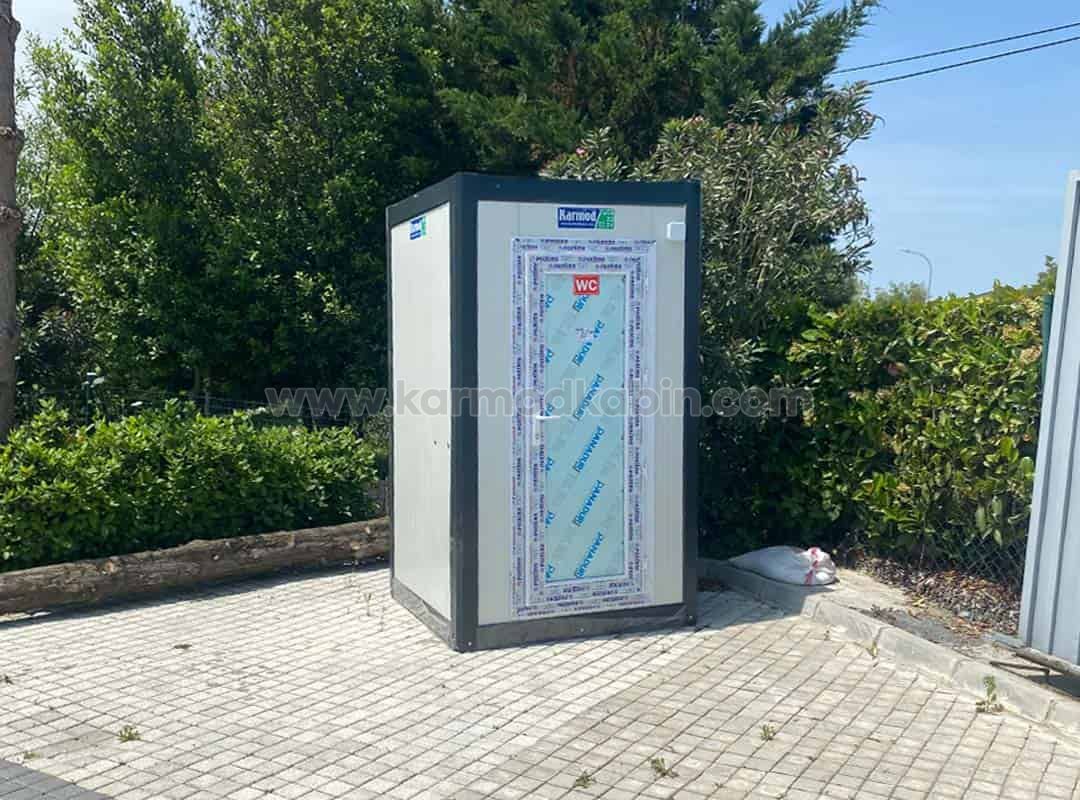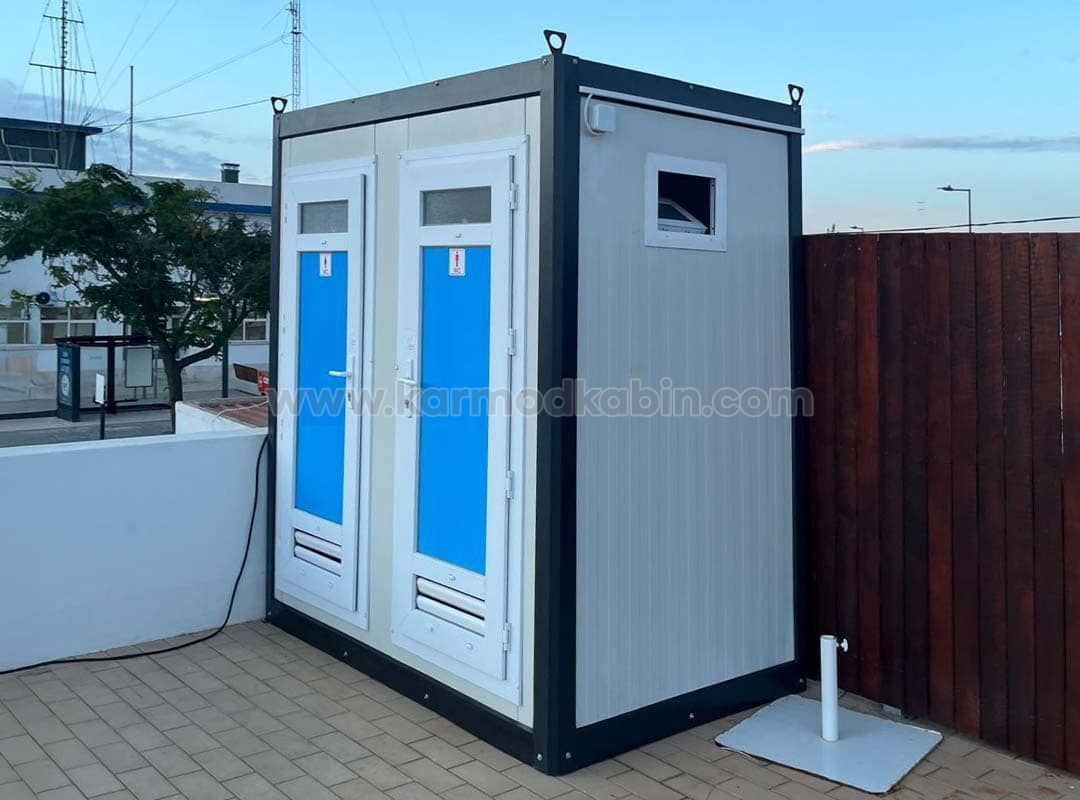
Odor control is one of the most defining aspects of any portable toilet experience. Even when a unit appears spotless, unpleasant smells can instantly ruin the sense of cleanliness and professionalism. In public events, construction sites, or private outdoor facilities, users judge sanitation quality by freshness and comfort. A well-maintained portable toilet that remains odor-free creates not just physical hygiene but emotional reassurance, giving people confidence that the space they’re entering is safe and well cared for.
Modern odor control no longer depends solely on masking agents or perfumed sprays. The industry has evolved toward smarter, more sustainable solutions that target odor at its root. Through innovative chemical treatments, improved airflow systems, and consistent maintenance, portable toilets can maintain freshness for days-even in high-use environments. The best practices shared below combine technology, environmental awareness, and human insight to ensure that sanitation stays clean, professional, and odor-free under any condition.
Effective odor control is not a luxury but a necessity. When waste breaks down inside the holding tank, it releases gases such as ammonia and hydrogen sulfide. Without proper treatment, these compounds quickly escape into the cabin, creating discomfort for users and leaving behind a lasting impression of neglect. In outdoor or high-traffic areas, poor odor management can affect not only the individual unit but the entire site atmosphere, driving away potential customers or visitors.
For sanitation service providers, odor control directly influences reputation and repeat business. A clean, pleasant-smelling unit reflects operational excellence and respect for users. It also extends the lifespan of portable toilets by preventing bacterial buildup, corrosion, and staining within tanks. In essence, mastering odor control transforms sanitation from a necessary service into a demonstration of reliability and quality-values that clients immediately recognize.
Unpleasant odors in portable toilets originate from the natural decomposition of waste. When organic material mixes with limited oxygen and high humidity, bacteria thrive and generate gases that smell offensive. Heat accelerates this process, which is why summer events or construction sites experience faster odor formation. Furthermore, each time the door opens, it introduces new oxygen that feeds bacterial activity inside the tank.
Other causes include inadequate ventilation, damaged seals, or infrequent servicing. Even the most advanced deodorizer cannot compensate for poor structural design or irregular maintenance. Understanding these root causes allows operators to tackle the problem strategically-by improving airflow, using the right chemical balance, and implementing timely cleaning schedules. Prevention always begins with knowledge, and knowing how odors form is the first step toward eliminating them entirely.
Today’s sanitation standards emphasize both performance and sustainability. Eco-friendly deodorizers are transforming the way portable toilets stay fresh by neutralizing odor molecules instead of covering them with artificial scents. These solutions are safe for the environment, break down naturally, and deliver long-lasting results without introducing harsh chemicals into wastewater systems.

Popular sustainable odor control options include:
By adopting green chemicals, companies not only protect the planet but also elevate their brand image. Clients and municipalities increasingly prefer suppliers who use eco-conscious methods. The combination of sustainability and hygiene has become a competitive advantage-one that positions your portable toilet services as modern, responsible, and forward-thinking.
Ventilation plays a fundamental role in how odor behaves inside a portable toilet. A lack of air circulation allows gases to accumulate, turning the cabin into a sealed container of unpleasant smells. By contrast, an efficient ventilation design maintains a steady flow of air that removes odor molecules before they can intensify. The result is a space that feels fresher, drier, and significantly more comfortable.
Modern units now integrate vertical air ducts, roof vents, and cross-ventilation mechanisms that maintain consistent airflow. In high-temperature environments, solar-powered exhaust fans or automated ventilation flaps can dramatically enhance odor reduction. When combined with eco-friendly deodorizers and proper waste sealing, these systems create a stable environment where odors simply don’t have the opportunity to develop. Investing in portable toilets with advanced ventilation isn’t just a technical decision-it’s a promise of quality and comfort to every user who steps inside.
No matter how effective your deodorizer or ventilation system is, odor control will fail without consistent cleaning. The frequency of servicing directly determines the hygiene level of a portable toilet. Regularly emptying tanks, washing interiors, and replenishing chemicals prevent odor-causing bacteria from multiplying and stop organic residue from building up on surfaces.
An ideal maintenance routine should include deep cleaning with antibacterial agents, inspection of tank seals and vents, and replacement of deodorizer liquids or discs. Servicing schedules should adapt to factors like temperature, user volume, and event duration. For instance, toilets at festivals may require daily maintenance, while those on remote construction sites might follow a biweekly cycle. The key is consistency-odors don’t stand a chance against disciplined, well-documented maintenance habits.

Technology is rapidly reshaping portable sanitation. Today’s advanced models feature sensor-based odor detection systems that measure ammonia and gas levels inside the cabin. Once the concentration reaches a set threshold, the system automatically releases deodorizer or triggers ventilation fans. These innovations not only ensure constant freshness but also reduce chemical waste by dispensing only when necessary.
Another innovation is the integration of self-cleaning surfaces coated with antibacterial films. These reduce bacterial colonies that generate odor between cleanings. Combined with IoT-enabled monitoring tools, operators can now track usage levels, temperature, and humidity from a central dashboard-allowing proactive maintenance and guaranteeing odor-free performance even during heavy use. This blend of technology and hygiene defines the next generation of portable toilet management.
Odor control requirements fluctuate with the seasons. During summer, rising temperatures intensify bacterial growth, demanding more potent deodorizing agents and frequent servicing. Strong sunlight and enclosed spaces make odor spread faster, especially at outdoor events or construction areas. In winter, the opposite problem occurs-cold conditions can slow down waste decomposition but lead to tank freezing, causing pressure buildup and odor backflow when thawing begins.
To handle these challenges, summer maintenance should emphasize high-performance, temperature-resistant deodorizers, frequent ventilation, and shaded toilet placement. Winter strategies, on the other hand, require antifreeze additives in tanks, insulation for pipes, and monitoring of ventilation openings to prevent freezing. Seasonal adaptation ensures performance remains consistent all year round and prevents costly downtime caused by odor-related user complaints.
Odor control strategies should align with the nature of the environment. At events, the focus is on user comfort and presentation-fresh-smelling units enhance the guest experience and reflect a well-organized venue. For construction sites, priorities shift toward durability, extended servicing intervals, and resilience under heavy use. Despite these differences, both settings share the same foundation: cleanliness, ventilation, and odor management.
The most effective best practices include positioning toilets away from food areas and direct sunlight, providing dedicated ventilation space between units, and scheduling cleaning at times that minimize disruption. For events, decorative air filters or natural scent diffusers can enhance aesthetics, while industrial-grade deodorizers are better suited for long-term construction projects. Adhering to these principles ensures consistent freshness and builds user trust across all applications.
Even the best equipment can fail if used incorrectly. Common mistakes include overfilling tanks, using expired or diluted chemicals, and neglecting proper ventilation. Some operators also attempt to mask odors with strong fragrances, which often mix with waste smells to create even more unpleasant results. Infrequent servicing and poor staff training are other key contributors to odor issues that could easily be prevented.
Avoiding these pitfalls starts with awareness. Operators should always follow manufacturer guidelines, monitor product expiration dates, and invest in professional training for cleaning teams. Partnering with reliable suppliers who offer maintenance guidance ensures every toilet performs at its best. Ultimately, proactive care always delivers better results than reactive cleaning-it’s the foundation of consistent odor-free performance.
Selecting the right portable toilet model is just as important as how you maintain it. Units equipped with built-in ventilation systems, sealed tanks, and odor-neutralizing reservoirs provide superior hygiene with less effort. These models not only save time and chemicals but also offer a better user experience, especially in high-traffic locations.
When purchasing or renting, look for:
By choosing well-designed portable toilets, you set a new standard in sanitation. Clients, guests, and workers notice the difference immediately-clean air, comfortable interiors, and consistent quality. Investing in odor-controlled units is not an expense; it’s a brand decision that signals excellence and reliability.
Keep your sites fresh, professional, and comfortable for every user.